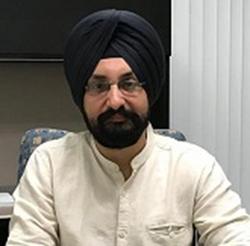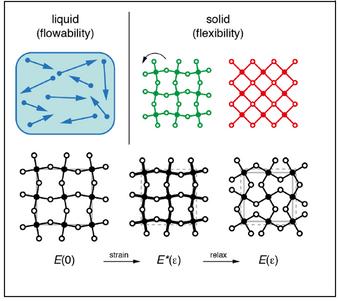
DEPARTMENT OF

SCHOOL OF ENGINEERING
S C H O O L O F E N G I N E E R I N G



S C H O O L O F E N G I N E E R I N G
Inspired by Pitcher plant’s superslippery characteristics, we developed a fluorine-free multifunctional super slippery surface with ultra-low friction characteristics. Liquid droplets showed extreme mobility with high sliding velocities. Ultra-low friction (COF ~ 0.01) and extremely low ice adhesion of <20 kPa. Sustaining self-cleaning and anti-staining, the processed surface showed utmost durability under different harsh conditions.



Adsorption Freezer Box to Preserve Vaccines/fisheries/milk
Products (SERB CORE Research Grant, GOI)
Farmers, business owners, and consumers require cooling to deliver their products to the market, store them for later consumption, and cool their homes and buildings. Our proposed technology eliminates the need for electricity and associated greenhouse gas emissions and instead provides cooling inexpensively using widely available solar thermal energy.
S C H O O L O F E N G I N E E R I N G

Patent:- Solar Adsorption Cooling System and A Method of Operation
Thereof. Patent Number- 518582
The present invention replaces the conventional air-conditioning system in which electricity consumption and greenhouse gas emissions are very high. The entire functioning of the system is entirely reliant on solar energy. The Scheffler dish and solar panel combine to provide heat energy for desiccant regeneration and power up the ultrasound setup. The desiccant cooling system consists of an adsorbent bed filled with different desiccants like silica gel, zeolite, and activated carbon, and uses harmless refrigerants like water, and ammonia. In our system, the integration of ultrasound energy enhances the regeneration process by introducing some vibrational and heating effects to the desiccant bed, which reduces the time of desorption.

S C H O O L O F E N G I N E E R I N G

Robust Nanoporous NiMn oxide Electrocatalysts for Oxygen Evolution
Reaction through Defect Engineering
The sluggish oxygen evolution reaction (OER) remains a major bottleneck in hydrogen generation through electrolysis, particularly at large current operations. Thus, there is a huge interest in the development of highly active non-noble metal based OER catalysts. Herein, we report excellent catalytic performance of oxygen vacancy enriched, nano-porous Mn3O4/Ni/NiMnO3 architecture, synthesized in situ over NiMn substrate through high-rate straining and chemical dealloying. The multiphase active surface exhibits significantly low overpotentials of only 262 mV and 282 mV even at high current densities of 500 mA/cm2 and 1000 mA/cm2, respectively. Our firstprinciples analysis revealed the prevalence of multi-site lattice oxygen mediated pathways with two parallel mechanisms of direct evolution of O2, (a) facile cleavage of Ni-O bonds at NiMnO3 surface and release of lattice oxygen, (b) activation of under-coordinated Mn-O polyhedra at Ni/NiMnO3 interface, and cleavage of OH group by protonation of surface O atoms.



S C H O O L O F E N G I N E E R I N G

Quantifying the intrinsic mechanical flexibility of crystalline materials
The flexibility of a solid reflects its ability to accommodate reversible changes in size or shape. While the term is commonly used in describing physical and biological systems, a quantitative measure and hence the fundamental understanding of flexibility are presently lacking. Drawing on the phenomenology of flow in liquids, we introduce here a measure of intrinsic flexibility of crystalline materials as the fractional release of elastic stress or strain energy through symmetry-constrained internal structural rearrangements. This metric distinguishes robustly the concept of flexibility from that of compliance. Using first-principles density functional theory calculations, we determine the flexibility of four key systems spanning a range of elastic stiffness and underlying chemistries. We find flexibility arises not only from large structural rearrangements associated with soft phonons, but also from hard phonons that couple strongly to strain fields. Our flexibility measure enables high-throughput screening of materials databases to identify next-generation ultraflexible material.


Ref. Physical Review B 108, 214106 (2023)